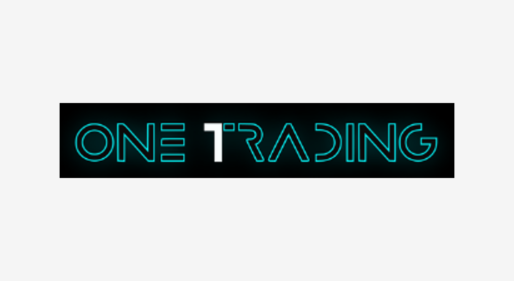“Come what may, all bad fortune is to be conquered by endurance.” Virgil – Roman poet 1st century BC
It will come as no surprise that survival is one of the keys to venture investing and startup building, and that the first rule of survival is to avoid p(doom). We have already written about the difficult times venture firms have encountered in the wake of the public markets’ valuation reset. We have all witnessed lower venture investing activity accompanied by lower valuations and a higher startup mortality rate. Those venture firms with enough dry powder or the ability to raise another fund avoided doom. Those startups that managed their cost structure, managed their top line and were able to attract additional capital, avoided doom.
Still, the venture and startups markets were, even after necessary corrections, a tad adrift. What was to be the next wave of innovation? How would current waves of innovation behave going forward? Where would venture investors focus next?
This final quarter of 2023 has been rich in data points that begin to answer these questions.
First, stock markets have stabilized somewhat, giving institutional investors some breathing room. Second, generative AI has exploded onto the market scene with a bevy of investments in core infrastructure plays, Open AI being only one of them. Most large tech companies (Microsoft, Apple, Amazon, Facebook, Google, their Chinese brethren, and a few European ones) have validated the new AI frontier with investments and commercial developments of their own. It is now clear to many that this innovation wave may be the new computational paradigm through which much value will be created in the short, medium and long term.
Third, the digital assets markets winter seems to be coming to an end. Prices for core assets such as bitcoin and Ethereum have started to recover, with renewed trading volume picking up in the fall and carrying over into the new year. To this market revival we should add a long list of news coming from institutional investors as well as institutional actors in the capital markets and asset management space, pointing to services being built, infrastructure being put in place, teams being assembled for centralized finance to take an active role in the investing and servicing of digital assets (crypto and non-crypto tokenized assets). None other than Larry Fink of BlackRock is on the record telling the markets that most if not all assets will be tokenized in the future (on Ethereum no less). Further, Ripple seems to have shaken its legal woes to some extent, and the SEC in the US seems to have meted out the bulk of its fines to crypto miscreants. There is even news of early crypto giants planning an IPO (Ripple again, to name but one).
Fourth, the great majority of new startups coming online and testing the fund-raising waters seem to have learned their lessons and are doing so with more grounded business plans, more frugal spending wishes, and a better grasp of what it takes to get to cash neutral faster.
The result of these disparate events paints an interesting picture. Digital assets infrastructure startups are seeing their fortunes rise again after two brutal years of operations. The traditional Web 2.0 space is reinvigorated with layers of advanced AI (generative AI and other promises of general AI). The AI space itself is booming. Other tech spaces are also undergoing interesting transformations. Take cybersecurity where the financial services industry is doubling down – black hat hackers armed with the latest AI tools will elevate and accelerate the level of paranoia. Take quantum computing applied to either securing assets or cryptography. Indeed, most everywhere we look, we are witnessing renewed vigor and new generations of entrepreneurs sprouting or previous generations, having survived, rising again.
It will take a few more quarters to fully validate these changes and renewed investing activity, yet we cannot escape the conclusion that the fourth quarter of 2023 has seen fortunes switch favorably across markets and for entire groups of startups.


